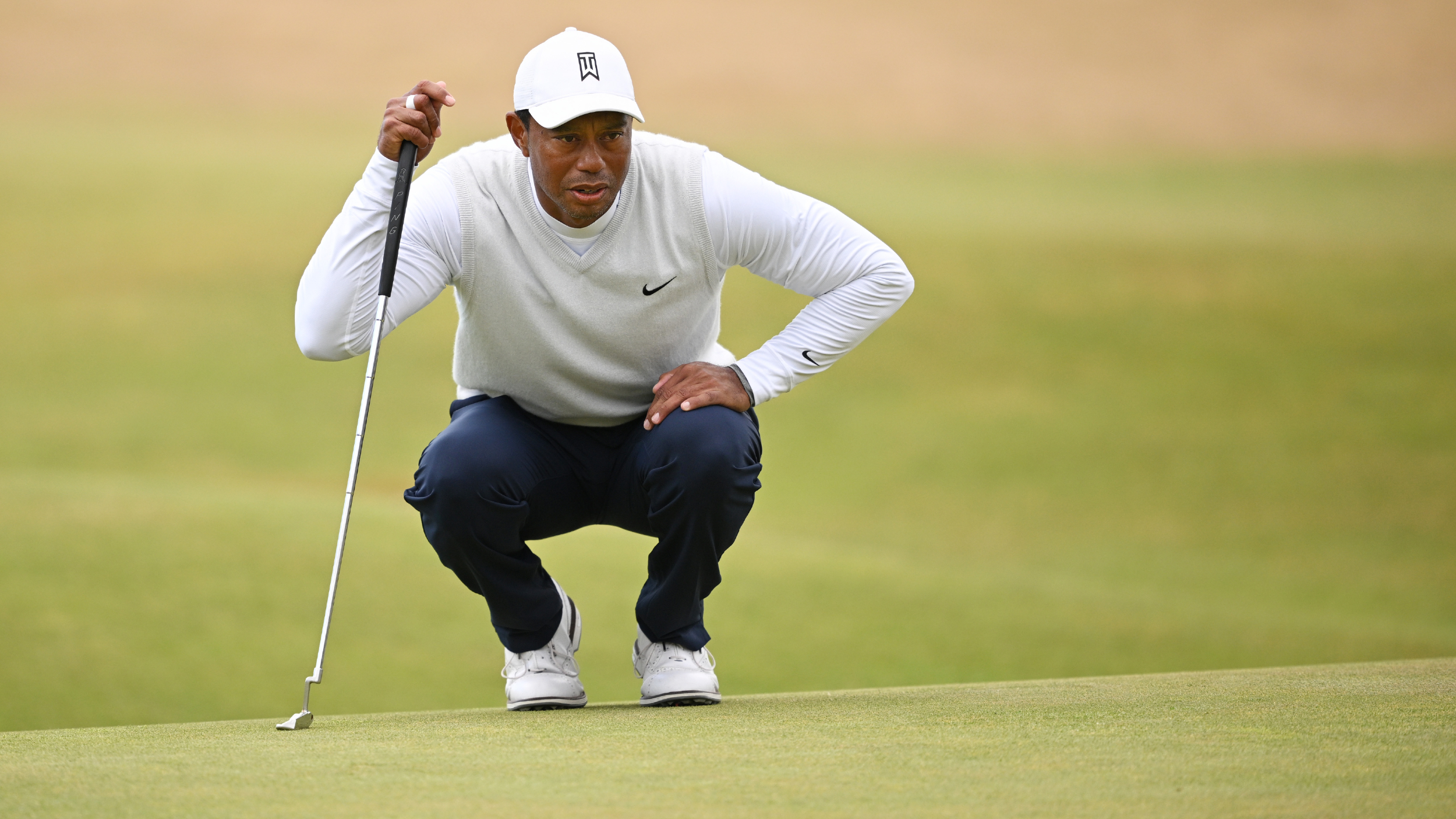What Is Plantar Fasciitis? - Tiger Woods' Foot Injury
The painful foot condition has plagued Woods since his return to golf following his car crash in February 2021, but what is it?


Tiger Woods has battled multiple injuries during his career but nothing as severe as the comminuted fracture of his right leg and ankle following a horror car crash in February 2021. The 15-time Major champion admitted he was lucky not to lose his leg, such was the extent of the damage, and remarkably made his comeback to professional golf at the 2022 Masters before going on to make the cut.
He admitted he would never play a full schedule again and ruled out using a cart - at least until he is 50 - which led to further complications. Ahead of his scheduled appearance at the 2022 Hero World Challenge, Woods announced he had developed plantar fasciitis in his right foot, forcing him to withdraw.
Plantar fasciitis is a condition that affects a thick band of tissue called the fascia located at the bottom of the foot and running between the heel and toes. The fascia helps support the arch of the foot and muscles. However, if it becomes too stretched, it can lead to small tears, which cause pain and inflammation in the heel.
Woods would next feature in the 2023 Genesis Invitational, turning in an encouraging performance despite the cold conditions, leading to optimism for the season ahead. However, at the 2023 Masters, Woods announced his withdrawal ahead of the resumption of round three after reaggravating his plantar fasciitis in brutal conditions at Augusta National.
I am disappointed to have to WD this morning due to reaggravating my plantar fasciitis. Thank you to the fans and to @TheMasters who have shown me so much love and support. Good luck to the players today!April 9, 2023
The pain is usually most acute when taking the first steps of the day and often improves with activity. If you have been standing for a long time, though, it can worsen - something Woods and his medical team surely factor in to their decision-making process.
The condition can also make it difficult to raise your toes off the floor. A video that surfaced on Saturday at the 2023 Masters showed Woods struggling to walk in torrential rain before play was abandoned. People most at risk of developing the condition include those aged between 40 and 60 (Woods is 47) and those who have recently started walking and standing more.
There are several ways to treat the condition, including night splints that stretch the calf and foot while sleeping, applying ice to the area, supportive shoes, various foot exercises, exercises that don’t put pressure on the feet (including swimming), taking anti-inflammatory painkillers and rest.
Subscribe to the Golf Monthly newsletter to stay up to date with all the latest tour news, equipment news, reviews, head-to-heads and buyer’s guides from our team of experienced experts.
If treated appropriately, the pain can ease within two weeks. However, it can take several months for the condition to heal completely. It remains to be seen whether Woods will recover in time to tee it up in the PGA Championship at Oak Hill in five weeks' time.

Mike has over 25 years of experience in journalism, including writing on a range of sports throughout that time, such as golf, football and cricket. Now a freelance staff writer for Golf Monthly, he is dedicated to covering the game's most newsworthy stories.
He has written hundreds of articles on the game, from features offering insights into how members of the public can play some of the world's most revered courses, to breaking news stories affecting everything from the PGA Tour and LIV Golf to developmental Tours and the amateur game.
Mike grew up in East Yorkshire and began his career in journalism in 1997. He then moved to London in 2003 as his career flourished, and nowadays resides in New Brunswick, Canada, where he and his wife raise their young family less than a mile from his local course.
Kevin Cook’s acclaimed 2007 biography, Tommy’s Honour, about golf’s founding father and son, remains one of his all-time favourite sports books.